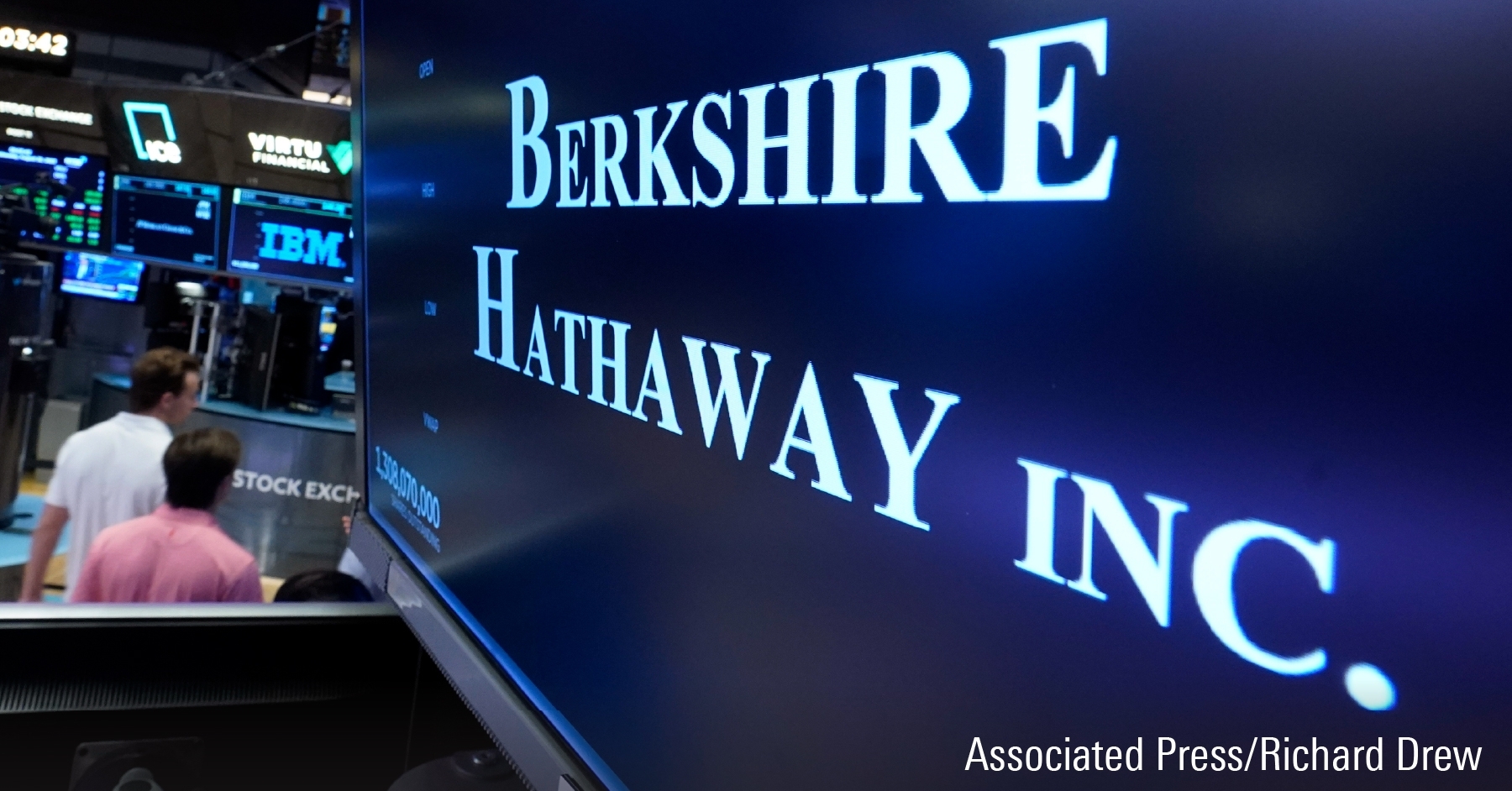Novo Nordisk reported strong third-quarter results that put it on track to meet our estimates for the year, and most important, management's preliminary guidance for high-single-digit revenue growth and similar operating profit growth in 2015 is also in line with our forecast. We don't expect to make any significant changes to our $46 fair value estimate, and the shares once again look fairly valued after a volatile week. We continue to think that Novo's scale and innovation contribute to its wide moat and a strong pipeline will keep this moat stable despite regulatory and pricing headwinds.
Novo's 2015 outlook reassures us about pricing in the long-acting insulin space, as it doesn't appear to incorporate extreme discounting for Levemir in the U.S. market. Management was quiet regarding specific pricing decisions for 2015, noting that U.S. pricing overall should still be flat to a slight positive for the firm's gross margin in 2015. Our long-term forecast points to gross margins approaching 85% (from 83% in 2013), due to manufacturing improvements and increased sales from higher-margin products like Victoza, Tresiba, and Xultophy. Novo's growth benefits from underlying demand for Levemir, as market share has steadily grown to almost one fourth of the basal market in the U.S. versus Sanofi's Lantus.
Tresiba's U.S. launch remains key to valuation, and we still expect a filing in the first half of 2015. For the first nine months, Novo saw 8% growth, with half of sales (and two thirds of growth) coming from North America. Given increased pricing pressure in the long-acting market as Lilly's biosimilar Lantus approaches the U.S. market (launch likely in the second half of 2016), Novo needs to be able to market Tresiba in the U.S. to hang on to its pricing power. While we won't see the interim data, we will find out whether Novo's designated team and the FDA have decided that data warrant a submission, or whether the final analysis (likely in 2017) will be needed.
Novo's third-quarter sales growth was particularly strong at 10% in local currencies, as the effect of generic Prandin is starting to annualize, Tresiba continues to launch outside the U.S., and Victoza gains share. Tresiba's launch is also going strong in Japan, boosting Novo's overall insulin market share in the country. We note that Victoza's share is also improving both globally and in the U.S. market, despite the Express Scripts formulary exclusion; U.S. share of the GLP-1 market has improved from 66% to 69% over the past year.
We still see strong growth prospects in the modern insulins and GLP-1 markets, and Saxenda in obesity could begin to become a significant contributor. While Lilly's Trulicity (dulaglutide) was just approved by the FDA in September, we think Victoza and next-generation product semaglutide will see combined sales growth in the high single digits in the long run, as GLP-1 products overall still have a relatively small 7% share of the overall diabetes market. In the long run, we expect that once-daily Tresiba and Xultophy (Tresiba plus Victoza) could be key to Novo's ability to continue to improve diabetes control while minimizing side effects, allowing for at least stable global pricing. Saxenda's positive FDA advisory committee vote in September could lead to FDA approval shortly, and we incorporate $1 billion in sales from the product by the end of our 10-year forecast.



















